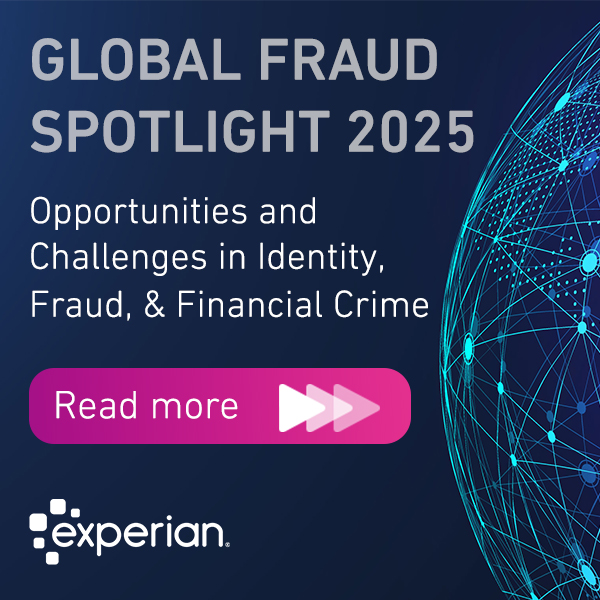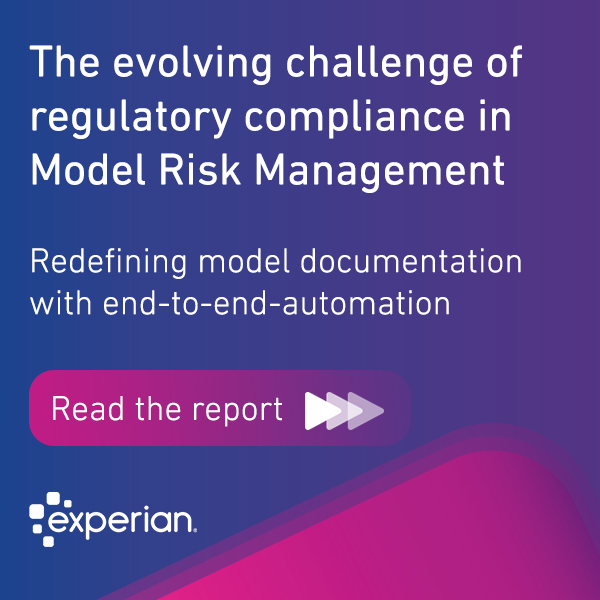
According to our latest research, 53% of consumers surveyed said their online spending and transactions increased in the past three months, and this is set to continue. Online shopping has become the norm for many, but what does that mean for online fraud? As with any growing industry, the fraud associated with it is also growing and changing. We take a look at brushing scams and what businesses can do to get ahead of this type of criminal activity.
What is a brushing scam?
A little-known scam called brushing has increased in popularity across the globe as more consumers are purchasing online exclusively. An increase in eCommerce means consumers are relying on the reviews of previous customers when deciding what to buy or whom to buy from, increasing the number of reviews, including negative reviews that impact these businesses.
Most online retailers or eCommerce sites have a rating system in which verified buyers can rate the product purchased or, in the case of third-party retailers, can rate the sellers. The better the rating, the higher the seller is listed in searches. Many of the ratings include the number of purchases in the rating factor. The more purchases, the higher the rating.
A brushing scam is when someone is hired to write a favorable review for an online seller. To become a verified buyer, they order small-value items with lower shipping costs so that the cost to complete is meager. They purchase the item under someone else’s name and address to become and then create a favorable review for the seller. When done multiple times, it brings up the seller’s rating by increasing the number of items sold and the number of favorable ratings and then increases the chances that real buyers will purchase from the seller.
Other variations of a brushing scam include sending items that were not ordered at all or even empty boxes and envelopes. The orders are used to boost third-party rating positions, which allow these sellers to be listed higher in the third-party search algorithm and ultimately placed their business/product in front of other customers wanting to buy that product.
The implications of brushing scams on consumers and businesses
This type of fraud is two-fold for the consumer. It leaves many victims confused because it doesn’t feel like fraud, and the victims don’t understand how it impacts shopping habits, which leads to little or no detection.
On the surface, the scam seems harmless. However, at minimum, the receiver has had their name and address compromised and may have additional personally identifiable information compromised. As a result, additional fraud activity may occur with the stolen personally identifiable information.
But it also has economic side effects. By fraudulently increasing the sales numbers on financial statements it effectively feeds false information on publicly traded company performance.
In addition, the Federal Trade Commission, which protects consumers from any false marketing, sees fake reviews as a form of fraud to the consumer. Online third-party resellers have policies that prohibit sending unsolicited packages and false reviews. They will suspend or remove accounts found to be doing this activity and work with law enforcement when needed. The problem is that the third-party reseller often doesn’t know when it is happening, and many brushing scams go on unreported.
What businesses should do to prevent brushing scams
Businesses at risk of brushing scams, such as third-party resellers, should have a risk strategy that proactively searches for suspicious brushing activity. As with any fraud type, there is no one-size-fits-all solution and should include a layered approach that will detect the various known traits of how the fraud is carried out. Below are solution types to consider in a company’s risk strategy.
Device Intelligence
Multiple orders/reviews are done from the same device with this trend. Using device intelligence to detect when the same device is used for multiple consumers of no relation can be an effective tool in identifying this type of scam.
Email Intelligence
Many fake user accounts are created with an email address that does not belong to the real person. Email intelligence solutions that can confirm the legitimacy of the email associated with the consumer can be another effective tool.
Biometric Intelligence
Detecting fraudsters from genuine users whether the interaction is human or automated, including bots, malware, or remote access tool by using the behavioral biometrics mouse movements, typing cadence, etc. Biometric intelligence is a proven tool in increasing the number of fraud transactions caught.
Link Analysis
A tool that detects additional accounts with the same details as accounts with confirmed fraud that may not have been alerted with another solution. While this is a hindsight tool, it can assist in uncovering trends.
Machine Learning
As this scam is evolving, the use of machine learning to detect the new patterns will be a highly effective tool for the large third-party resellers to detect emerging trends and keep operational costs reasonable, quickly and effectively. Machine learning is highly effective in reducing customer friction.
As with any risk strategy, people within the organization should be made aware of the scam type and the internal reporting process. All customer reports should be taken seriously and reported to the proper investigation team.
Stay in the know with our latest research and insights:




